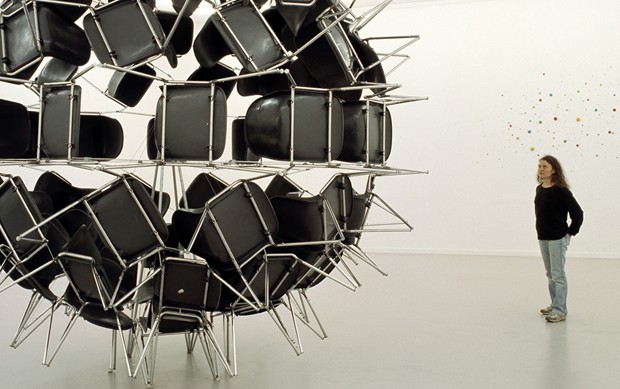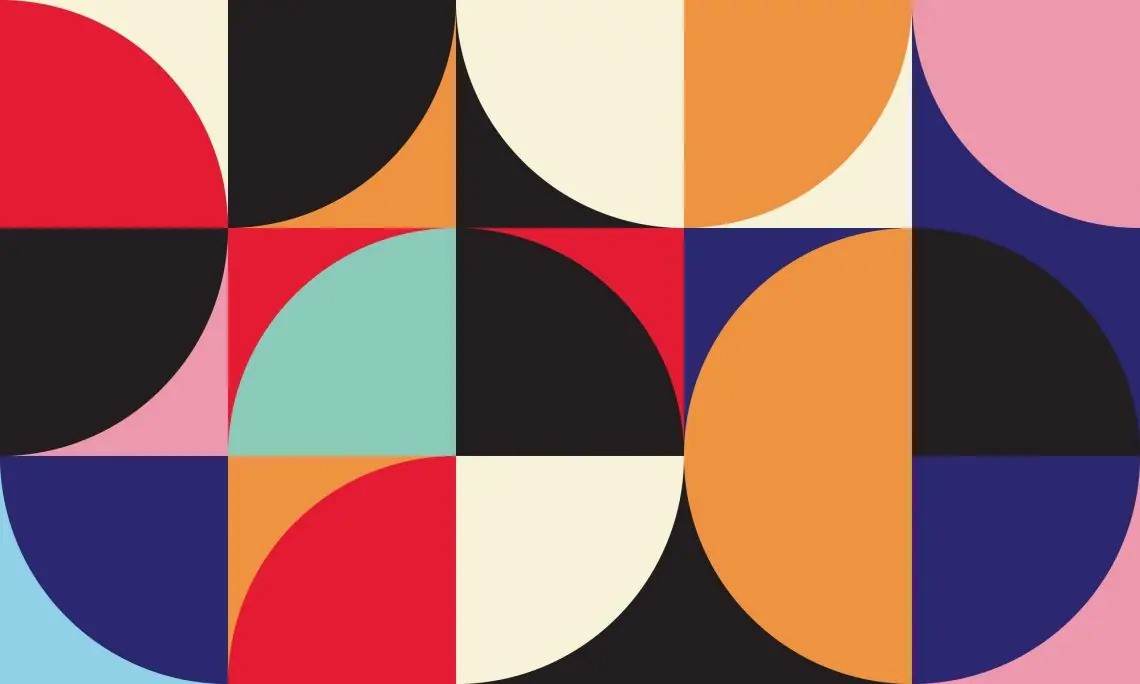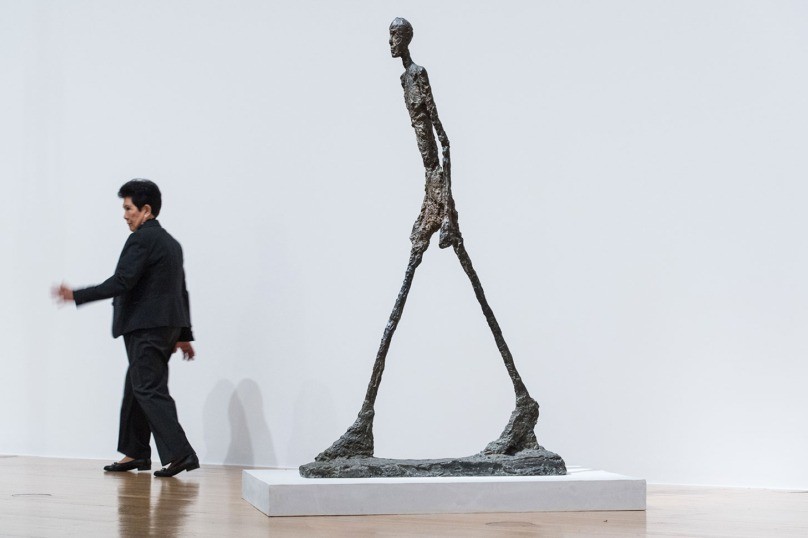08th may 2024, by Patrick DENNY, art advisor & art dealer
During a French TV show in 1986, when the presenter Bernard Pivot was singing praises of Serge Gainsbourg, the latter grumpily retorted that his songs were nothing but minor art…
This immediately got Guy Béart (singer-songwriter and father of actress Emmanuelle Béart), who was present on the set, all worked up: for him, songwriting was necessarily major art since it could outlive its author!

Black Whole Conference – Installation by Michel de Broin in 2005
🕰️ An Age-Old Debate...
The debate is very old. For centuries, people have been trying to define major vs. minor art.
Before the Renaissance, the arts of knowledge (major) were distinguished from the arts of materials (minor). In other words, intellectual activities were differentiated from those of craftsmanship (applied arts).
Or put another way: concept vs. craftsmanship…
And this differentiation persisted until the mid-20th century:
• The major arts were therefore considered to be: painting, sculpture, architecture, engraving
• The minor arts were: jewelry, crystal work, goldsmithing, ceramics
In fact, during the industrial revolution, the Frecnh Academy distinguished „les Beaux Art“* in english Fine Arts (with capital letters) from decorative arts (in lowercase).
*to refer to major arts
🏙️ ...which Gets Murkier Over Time!
The boundary blurred a bit with the emergence of new materials in major arts.
Also with the system of reproducing works. For example, Andy Warhol extensively used lithography to reproduce works in multiple copies even though, by definition, a major art piece should be unique! But one could argue that a numbered lithograph is closer to an artwork „in its conception“ than to a manufacturing craft.
Some movements of the 20th century even attempted to merge the two arts, outright disregarding the idea of clearly delineating them.
This was the case with Russian Constructivism (1917), which merged with the Bauhaus of Weimar & Gropius (1919) and later with the Memphis movement in 1980. These three movements shared a common goal of conceptual and aesthetic research applied to everyday consumer products.

Russian Constructivism: advertisement for the Knigi publishing house, based on the portrait of Lili Brik, by Alexandre Rodtchenko, 1924

The Bauhaus school launched a powerful movement that was to change the course of art history, considerably influencing graphic design, architecture and interior and furniture design.

Memphis Movement: A collection of „anti-design“ furniture from 1980
🎮 Today, Everything is Art!
🔍 It is therefore up to each individual to specify their own definition
🔚 The Last Word





